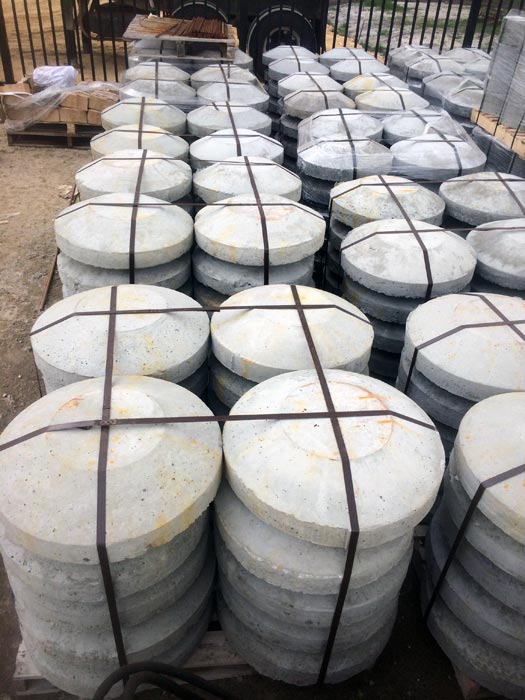Concrete strip footings offer both stability and great strength, providing a substructure for supporting buildings. In this article, you'll learn about the key features of concrete strip footings and how to equip them properly for use. When installing concrete footings, it is important to consider a few key factors.
A common purpose for concrete footings is to support heavy loads, like beams or columns. In these cases, you'll want a footing design that can handle the weight of the construction material above it. You can also click here now to know more about concrete strip footings.

If your site is on a dirt or loose soil base, you'll need to use a taller footing type to compensate for the lack of stiffness in the base layer. For sites with hardier soils, go with a lower profile footing design that will sit flush with the ground surface. Once you have an idea of what type of footing you need, it's time to figure out where you're going to install it and plan out the layout accordingly.
Make sure to take into account drainage concerns and any obstacles that might be in your way, like water pipes or electric lines. When choosing a concrete footing material, make sure it's high quality and designed for this specific task – otherwise you could end up with weak or non-standable foundations
If you're thinking about building a concrete block or beam foundation, there are a few things you'll need to consider. Strip footings are probably the most common type used in construction today. They use large pieces of reinforcing steel embedded in a layer of concrete on top of a foundation bed.